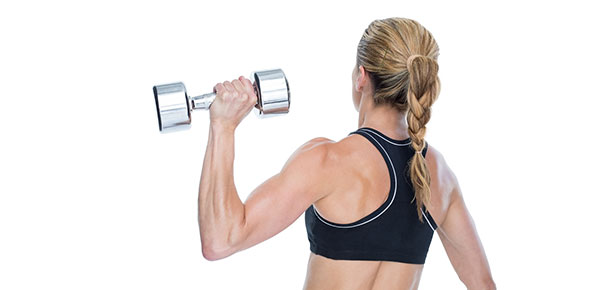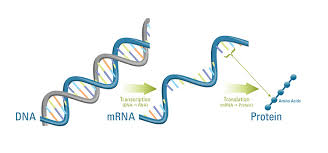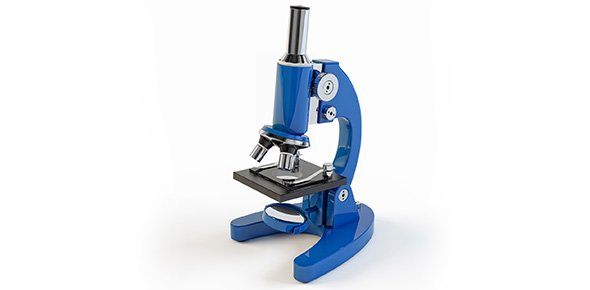Related Flashcards
Cards In This Set
| Front | Back |
|
Alleles
|
The
different forms of a gene. Y and y are different alleles of the gene that
determines seed color. Alleles occupy the same locus, or position, on
chromosomes.
|
|
Autosomal
|
A
locus on any chromosome but a sex chromosome. Not sex-linked.
|
|
Co-Dominant Alleles
|
Two
different alleles at a locus are responsible for different phenotypes, and both
alleles affect the phenotype of the heterozygote.
|
|
Complete Linkage
|
Complete
linkage describes the inheritance patterns for 2 genes on the same chromosome
when the observed frequency for crossover between the loci is zero.
|
|
Crossing Over
|
Exchange
of genetic material between non-sister chromatids from homologous chromosome
during prophase I of meiosis; results in new allele combinations
|
|
Dioecious
|
Organisms
produce only one type of gamete; i.e. humans
|
|
Diploid
|
Cell
with two of each kind of chromosome; is said to contain a diploid, or 2n,
number of chromosomes
|
|
Dominant Trait
|
Cell
with two of each kind of chromosome; is said to contain a diploid, or 2n,
number of chromosomes
|
|
Egg
|
Haploid female sex cell produced by meiosis
|
|
Epistasis
|
One
gene masks the expression of a different gene for a different trait.
|
|
F1 Generation
|
Offspring
of a cross between true breeding plants, homozygous for the trait of interest
|
|
F2 Generation
|
Offspring
of a cross involving the F1 generation.
|
|
Fertilization
|
Fusion
of male and female gametes
|
|
Gamete
|
Male
and female sex cells, sperm and eggs
|
|
Genetic Recombination
|
Major
source of genetic variation among organisms caused by re-assortment or crossing
over during meiosis
|






